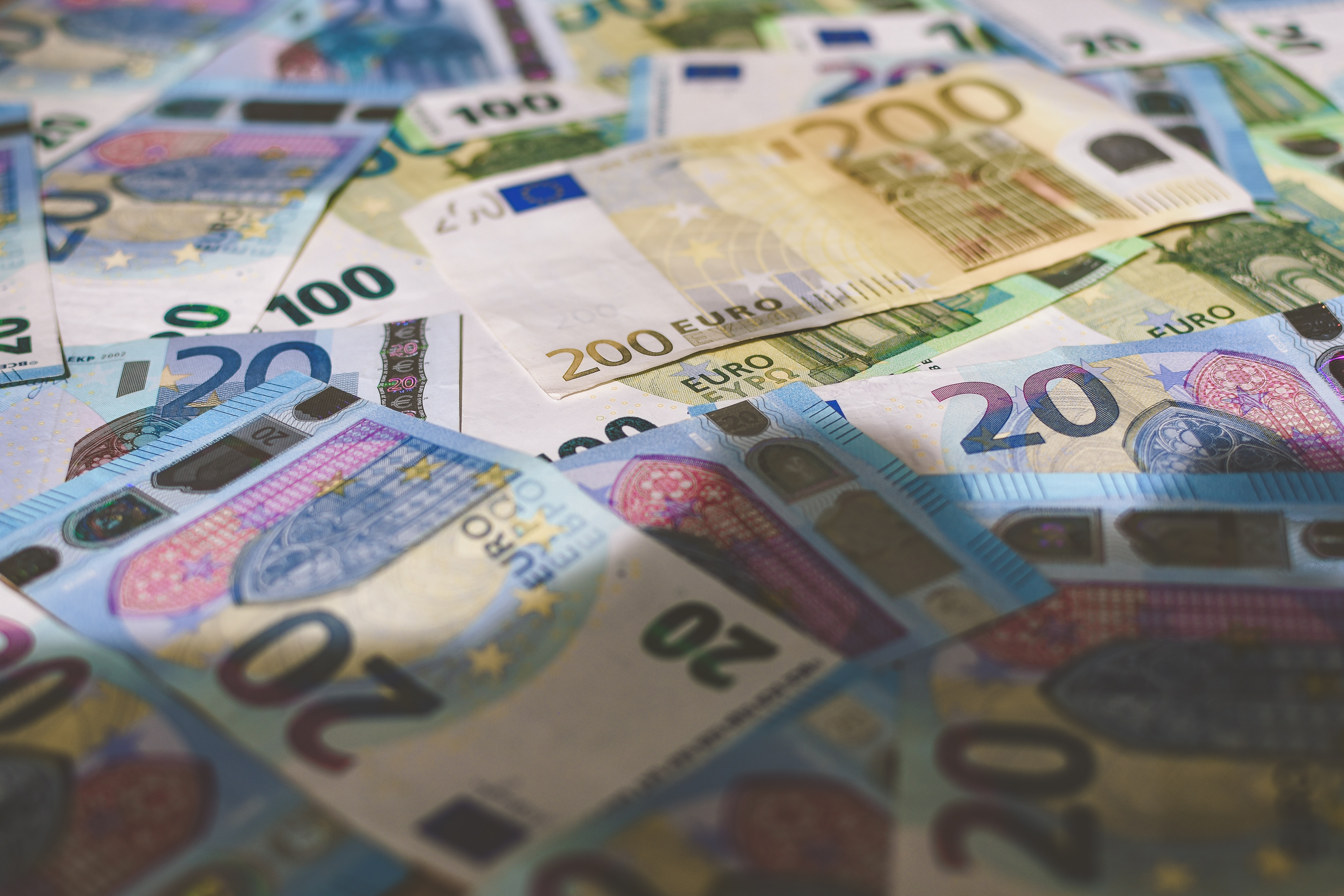
The government expects a real GDP growth rate of 2.2% in 2023, which is 1.5 pp more than the previously forecast of 0.7%, and the inflation rate has also been revised upwards to 6.6%, the government said at its session on Thursday at which it adopted the 2024-2026 Stability Programme and the 2023 National Reform Programme.
The 2024-2026 Stability Programme and the 2023 National Reform Programme were adopted as part of the European Semester, an EU instrument of fiscal control and coordination of member states' economic policies, and they will be submitted to the European Commission by the end of April.
Upon entry to the euro area, a country no longer adopts a convergence programme but a stability programme which also defines the basic characteristics of the macroeconomic and fiscal policy.
As regards the latest updated macroeconomic indicators, the government forecasts that the real GDP growth of 2.2% in 2023 is to be followed by 2.6% GDP growth in 2024, while GDP in 2025 and 2026 is estimated to grow by 2.5% and 2.2% respectively.
2023 growth double the EU average
Finance Minister Marko Primorac said that this year's GDP growth was expected to be double the average EU growth considering that EU GDP growth was estimated at 0.9%.
He noted that the growth of Croatia's GDP was almost fully determined in all annual projections by domestic demand trends.
The government expects the inflation rate this year to be at 6.6%, and to slow down significantly in the following years - to 2.8% in 2024, 2.4% in 2025 and 2.2% in 2026.
The government's earlier estimate for inflation in 2023 was 5.7%.
Primorac said that special care would be taken to reduce the public debt to GDP ratio on an ongoing basis as well as keep the budget deficit below the reference level of 3% of GDP until the end of 2026.
Further decrease in share of public debt in GDP
After the consolidated general government surplus was 0.4% in 2022, the general budget deficit should amount to 0.7% of GDP in 2023. The deficit is expected to reach 1.5% of GDP in 2024, in 2025 it is expected to account for 0.8% of GDP, and in 2026 0.6% of GDP, according to government projections.
"All that will contribute to a decrease in the share of public debt in GDP," Primorac said.
In 2022, the public debt to GDP ratio dropped by ten percentage points. In 2023, public debt is expected to account for 62.6% of GDP, in 2024 it is expected to account for 59.8% of GDP, while the ratio for 2025 and 2026 is projected at 57.5% and 55.6% respectively.
In the conditions of continued employment growth and further acceleration of gross wage growth, disposable household income, expressed in real terms, will see a strong recovery in 2023, as shown by wage growth statistics in Q1, Primorac said.
Employment is expected to grow by 2% in 2023, by 1.5% in 2024, by 1.2% in 2025 and by 1% in 2026.
Reforms under NRRP included in National Reform Programme
Primorac said that the National Recovery and Resilience Plan (NRRP) had already defined key reforms for the period from 2021 to 2026, so the National Reform Programme is defined in such a way to include the measures under the NRRP for a specific period and add measures previously envisaged by the budget.
The National Reform Programme for 2023 thus incorporates reform activities under the NRRP that are due in the period from April 2023 to March 2024. The reform activities are in the form of 56 measures in six key areas - economy, public administration, judiciary and state assets, education, science and research, labour market and social protection, health, and building reconstruction.
There are also 29 additional measures that will contribute to the goals regarding climate change and energy sustainability, prevention of corruption, creation of conditions for further improvement of public administration efficiency, capital market development, improvement of access to health services and disease prevention, among other things.
Kakvo je tvoje mišljenje o ovome?
Pridruži se raspravi ili pročitaj komentare



 Srbija
Srbija
 Bosna i Hercegovina
Bosna i Hercegovina
 Slovenija
Slovenija







